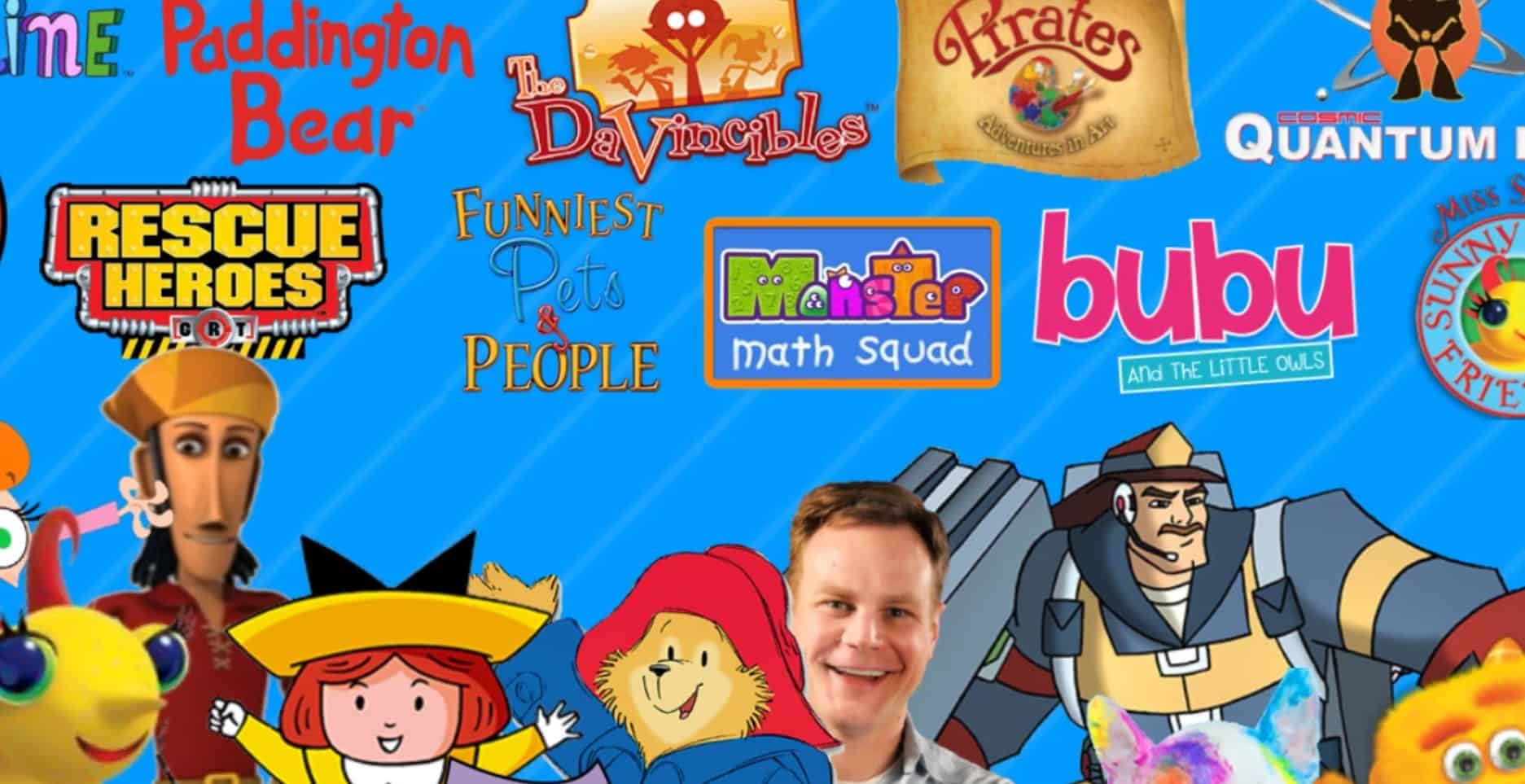The tapestry of kid’s television shows is a rich, intricate tapestry full of hits and busts. —We’re talking Barney, Nickelodeon in the 1990s, Cartoon Network, Discovery Kids and the such— Among those hits, a star once shone brightly, managing to capture the attention of youthful hearts and minds with an eclectic repertoire of animated wonders and enlightening content.
We’re talking about Qubo, a name that once resonated and became synonymous with kids’ tv across the United States, a network that embarked on a journey that traversed through the peaks of triumph, through the thicks and thins of challenges, and culminated on a poignant curtain fall.
Qubo’s lengthy tenure —from 2006 to the waning echoes of 2021— was a channel that made kids dance, learn and venture themselves into amazing journeys, its story is quite the compelling saga of inception, corporate management, and its finale, and today we’re going to tell you just exactly why did Qubo shut down.

An Overture Of Promise
Qubo appeared on September 9, 2006, as a beacon of novel entertainment amidst the sea of children’s programming. The brainchild of Ion Media, the network quickly became a 24-hour tapestry of free-to-air enchantment, a channel that interwove educational and fun content.
Qubo’s inaugural moments witnessed weekend matinee blocks on NBC and Telemundo, managing to get a daytime tableau on Ion Television and hosting a menagerie of acclaimed series like “Jacob Two-Two”, “Dragon”, “Babar” and “Jane and the Dragon”. Furthermore, Qubo unfurled the sails of “VeggieTales” a beloved show that brought joy to youngsters and parents seeking edifying narratives to talk to their kids.
Waves of Change
Yet, as sands shift, tides turn, and shows come and go off the screen, so too did Qubo’s fortunes navigate through those torrid tempestuous seas of network television. The exodus of NBCUniversal from the co-op venture posts its acquisition by Comcast. And that, in turn, reconstituted the programming contours.
On March 28, 2012, the clarion call resounded, heralding Telemundo and NBC’s farewell to Qubo in favor of NBC Kids and MiTelemundo orchestrated under the tutelage of PBS Kids Sprout. Thus, Qubo stood at a crossroads, with Ion Television standing as its last bastion.
Also Read: Why Did Soap2day Shut Down? What Happened To The Website?
A Change Of Hands, A Rebirth
Illumined by resolute ambition, Ion Media Networks undertook the mantle to refloat —if not resuscitate— Qubo, wresting dominion from Scholastic Corporation, Classic Media, and Corus Entertainment in 2013.
Metamorphosis arrived in 2015, casting the erstwhile Qubo block as the “Qubo Kids Corner”, a transmigration from Friday’s embrace to the Sunday morns block. That transformation, that hour and day shift, was a mere reflection of the network’s fidelity to the dynamics of evolving viewership and spoke volumes of its fidelity to child-friendly programming and storytelling.
Why Did Qubo Shut Down?
But all chapters find a cadence, and Qubo’s tale too, found its melancholic final refrain. The year 2021 bore witness to The E.W. Scripps Company’s acquisition of Ion Media, heralding a somber note for Qubo. January 14, 2021, etched its name into the ledger of history as Scripps decreed the sunsetting of Ion Plus, Qubo, and Shop Ion, effective February 28 that year.
Thus Qubo’s luminance was replaced by the orchestrations of Katz-owned networks. Yet Qubo’s final moments were not devoid of grace. An external trio-hour programming block made its way on Ion Television, meeting the mandates of education and edification. This closure was a harmonious coda, a testament to Qubo’s unwavering commitment to nurturing young minds.

A Mark On The Canvas
The legacy of Qubo resided in its steadfast devotion to nurturing nascent minds. Across its spectrum of animated wonders, didactic panoramas, and the heralding of iconic shows like the cherished “VeggieTales,” Qubo authored a chapter in the book of countless youthful television pilgrimages.
Its alchemy, a fusion of delight and enlightenment, forged a blueprint for kindred networks, kindling a quest to strike an equilibrium between engrossing narratives and pedagogical invitations.
Though the final curtain descended on Qubo’s narrative, its lingering resonance within the theater of children’s television remains indelible. Its trajectory — a soaring crescendo followed by a muted diminuendo — serves as an allegory for the fluidity of the industry, where ownership metamorphoses, viewer appetites evolve, and the technological tapestry is continually rewoven.
In summation, Qubo’s voyage from its bright inception to its poignant fade encapsulates the intricate symphony of network television, market dynamics, and the ever-shifting palate of youthful audiences.
This chapter’s pages may have been turned, but its indelible ink lives on in the minds of captivated viewers, etching its mark on the annals of children’s programming. And so, the screen dims, but the glow of Qubo shall forever shimmer in the minds of those it once enchanted.
Also Read: Why Did Vine Shut Down? The First Viral Short Video Platform





